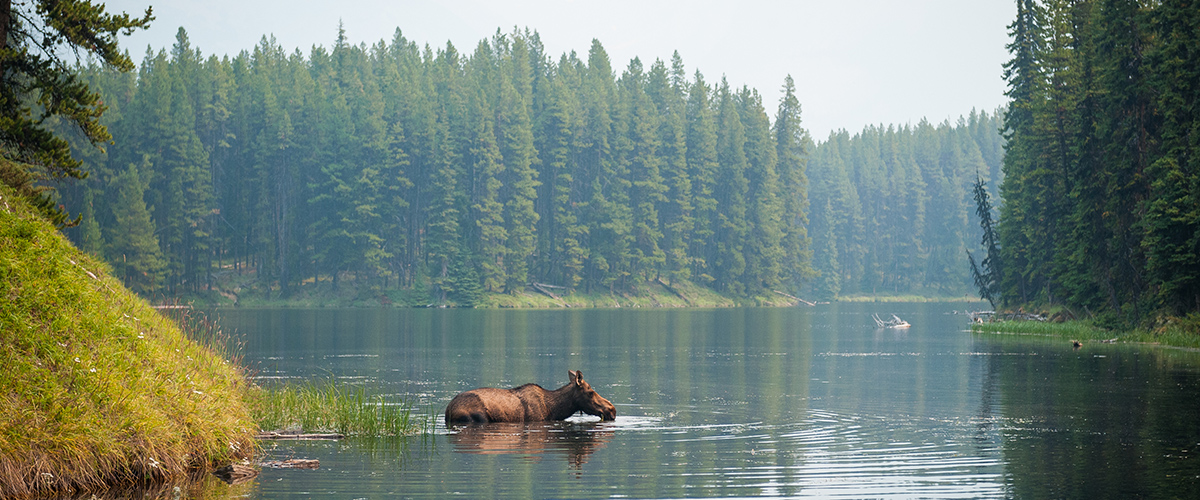Look up into your neighborhood trees, and you’ll see signs of life everywhere. Squirrels scampering across branches; birds making nests; butterflies flitting about in the spring.
But there’s even more happening than meets the eye. From maintaining clean and cool water for fish, to adding nutrients to the soil for plants and insects, trees support nearly every part of the ecosystems around us.
This delicate balance has never been more at risk. That’s why the Arbor Day Foundation is on a mission to plant 500 million trees in areas of greatest need — prioritizing biodiversity every step of the way.
THE STATE OF GLOBAL BIODIVERSITY
National Geographic defines biodiversity as “the variety of living species on Earth, including plants, animals, bacteria, and fungi.”
Eighty percent of all plants and animals reside in forests. It’s no surprise that as trees have disappeared, our world’s species have, too.
According to a recent report from the World Wildlife Foundation, there was a 69% decline in wildlife populations around the world between 1970 and 2018. And more than one million species are at risk of going extinct.
“We have no time to wait. Biodiversity loss, nature loss, it is at an unprecedented level in the history of mankind”, Elizabeth Mrema of the United Nations said in 2020.
WORKING WITH BIODIVERSITY IN MIND
The United Nations Decade on Ecosystem Restoration was announced in 2021 to help combat this pressing issue. Using a measurable framework, the initiative aims to “halt and reverse” all biodiversity loss worldwide by 2030.
We were named a supporting partner in this effort in 2023. Working alongside the UN, we’re ensuring every tree we plant is making the biggest possible impact for the species who rely on them.
Our team also uses a state-of-the-art priority index to identify forests that need trees the most. The index ranks areas based on a number of variables, including their biodiversity improvement potential (factoring in the number of endangered species present), impact on climate change, and importance to indigenous or other local communities. We also consider whether a given area is close to one of our existing partners on the ground, helping begin this work as soon as possible.
All of these reforestation projects are then available to view in our custom Impact Dashboard. Corporate partners can log in to see every detail of the work they’re supporting, with photos, a summary of wildlife that is benefiting from the newly planted trees, demographic data (if applicable), and a timeline for completion.
Why include so much information? Because simply reporting the number of trees in the ground isn’t enough. All of these elements are critical to understanding the overall impact of a project.
We’ve already seen the fruits of this work in action, like helping the monarch butterfly in Mexico and restoring lemur populations in Madagascar. And with your support, we can do so much more.
Whether you’re an individual who wants to make a difference, or a corporation looking to join our effort to plant 500 million trees by 2027, we’re ready to make an impact together.




